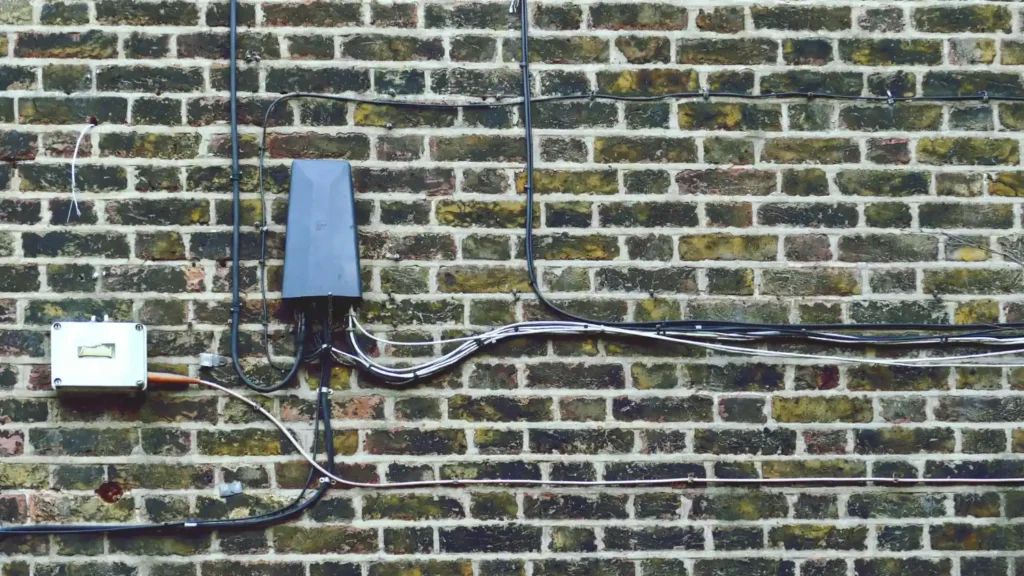Introduction
You want your internet connection to be fast, stable, and safe from online ne’er-do-wells. But you also want that connection to be safe from damage here in the physical world.
We’ll explore the importance of protecting your internet cable outdoors and provide practical tips for keeping it safe from various external factors.
Understanding Your Internet Cable
An internet cable is a physical medium that connects your home to the broader online network, enabling internet access. Outside your house, this cable might be a coaxial cable, commonly used for cable internet, or a fiber-optic cable, known for its high data transmission speed. Regardless of the type, these cables are vital for your connection and require proper care to function optimally.
Why Protecting Your Outside Internet Cable is Crucial
The portion of the cable that runs outside is exposed to various environmental factors, from extreme weather conditions to curious animals. Physical damage, such as cuts or fraying, can degrade the quality of your connection, leading to slower speeds or, in severe cases, complete disconnection. Protecting this cable is key to maintaining a reliable and fast internet service.
Identifying Risks to Your Outdoor Internet Cable
Common risks to outdoor cables include:
- Weather-Related Damage – Moisture infiltration from rain or snow can corrode cables over time.
- Animals – Rodents, in particular, may chew on cables.
- Yardwork – Landscaping activities can accidentally cut or damage cables.
Regular inspections can help you identify and address these risks early, preventing more significant issues.
Effective Strategies to Protect Your Outdoor Internet Cable
- Environmental Protection: Use conduits or cable covers to shield the cable from weather and direct sunlight, which can cause deterioration.
- Physical Protection: Install the cable at a safe height or bury it to protect against accidental damage from lawnmowers or vehicles.
- Cable Management: Secure loose cables to prevent them from swaying or getting caught, which can cause wear and tear over time.
- Professional Installation: Ensure your cable is installed by a professional who can strategically place and protect it from potential hazards.
Conclusion
Protecting the internet cable outside your house is a crucial step in ensuring a stable and fast internet connection. While some preventive measures can be DIY, professional installation and maintenance is always recommended. Technicians can offer expert advice, use the right tools and materials, and ensure your cable is optimally placed and protected. Afterwards, regular inspections can identify potential issues before they disrupt your connectivity.
Using an internet provider with a proven track record of professional installation and upkeep is so important. That’s why our internet experts at SmarterHome.ai can help you choose the best provider for your needs. We can help you compare services and find the right one for you. Call us today to learn more!
FAQs
What are the signs that my outdoor internet cable needs attention?
Look for visible damage, such as cuts, fraying, or exposed wires. Reduced internet speed or frequent disconnections can indicate internal cable issues.
How often should I inspect my outdoor internet cable?
It’s a good practice to inspect your cable at least twice a year, preferably in the spring and fall, to address any weather-related damage or wear and tear.
Can I install protective measures for my internet cable myself, or should I hire a professional?
While some protective measures, like using cable covers, can be a DIY task, professional installation is recommended for more complex solutions (such as burying the cable or installing it in hard-to-reach areas).


